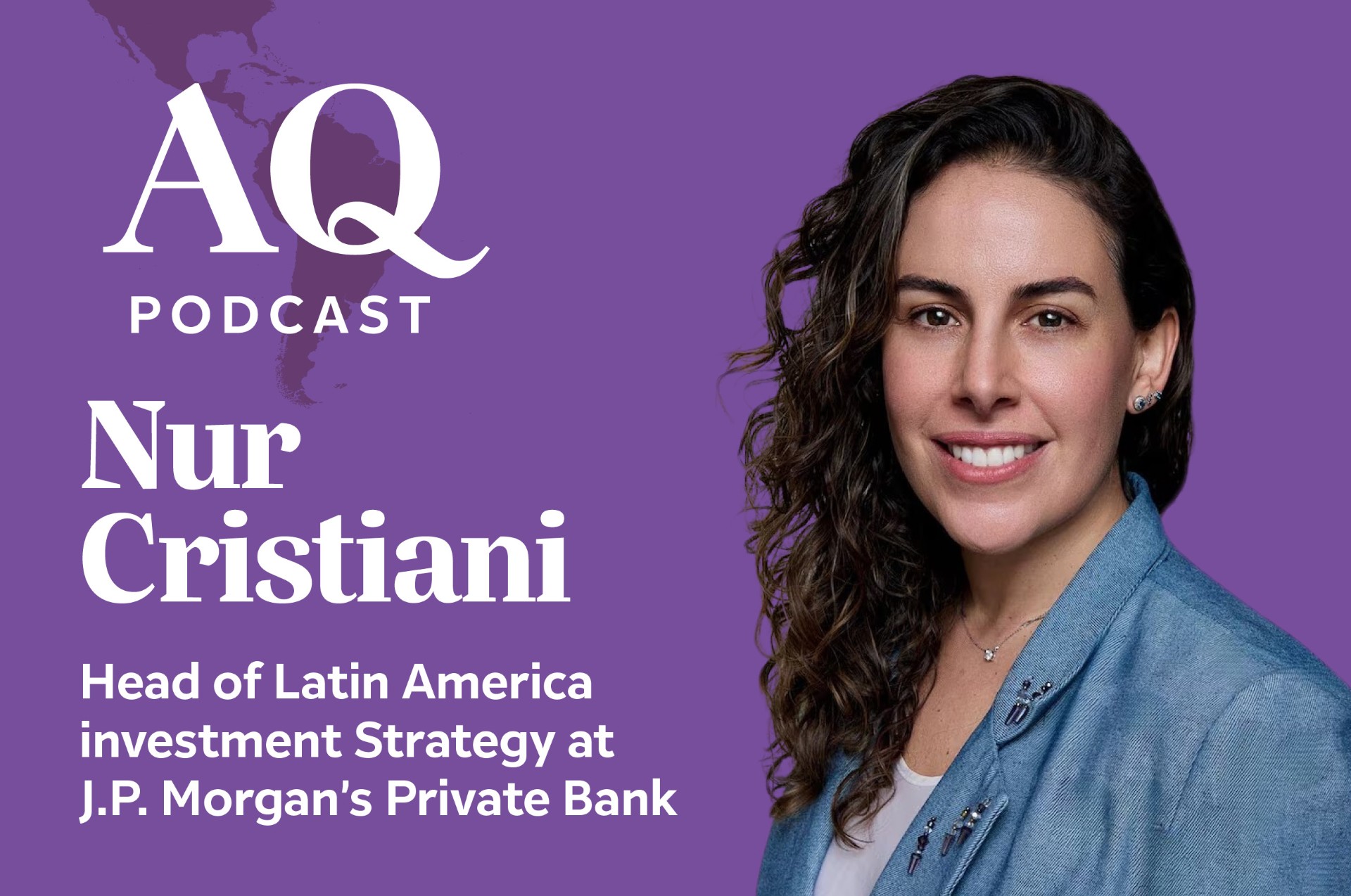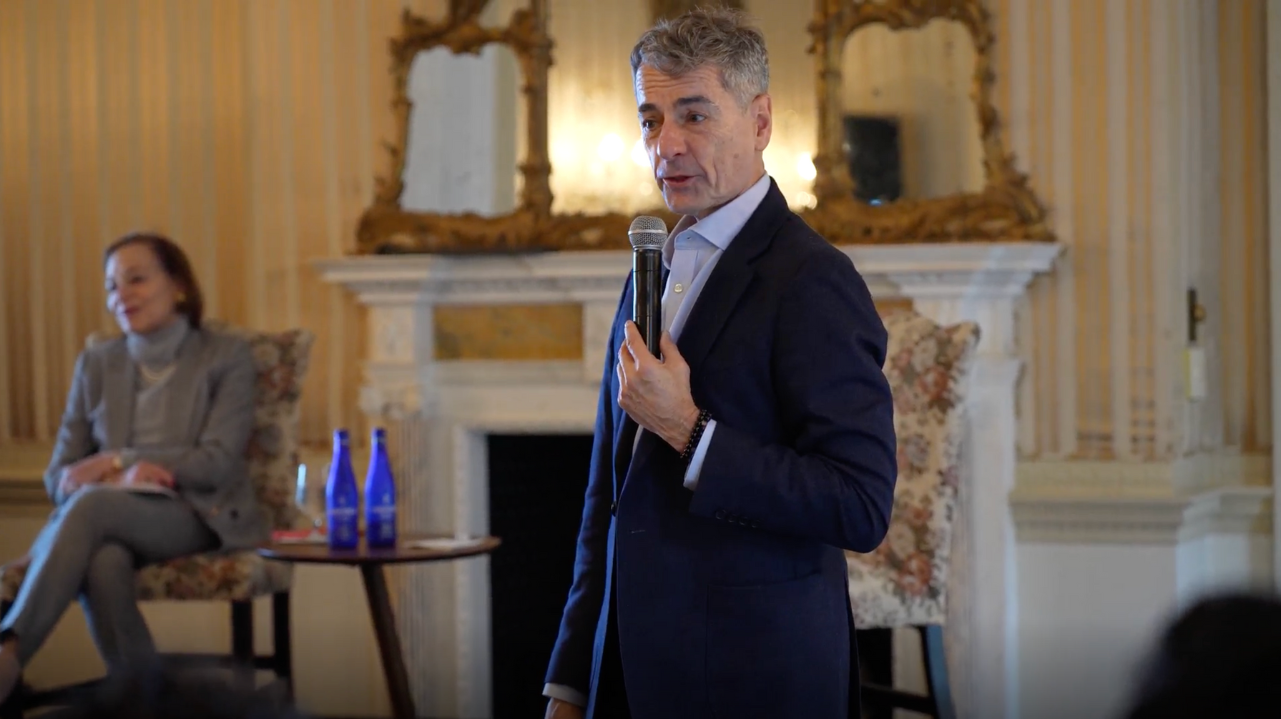Latin America Needs Sound Money to Grow
Latin America Needs Sound Money to Grow
No one calls Latin America’s latest battering a “lost decade” – that was the 1980s – but in many ways it has been almost as bad. In the 1980s, the external causes were the hangover from the weak-dollar inflation of the 1970s, the resulting spike in U.S. real interest rates, and fast global growth drawing capital elsewhere. This time around, the external causes were the opposite - the after-effects of the strong-dollar deflation, the related decline in commodity prices, and slow global growth.
But much more costly and discouraging is the ever-present din of the region’s own bad currency policies. Another currency crashes every few months, with the people of the Dominican Republic the latest victims. Latin America is now well known to investors as the continent of crashing currencies. As a result, it suffers high interest rates, a short-term capital structure, low savings rates, and weak capital formation. Most harmful is the IMF’s preference for free-floating (meaning unstable) exchange rates and higher tax rates on dwindling consumption and income.
The result? Latin America’s nominal dollar GDP will end 2003 at just $1.5 trillion, down 20% from the 1997 peak of $1.8 trillion. Latin America has watched Asia march ahead in terms of living standards, foreign investment, immunity from the IMF, attention from the U.S., and, in many ways, political progress. China alone is set to overtake all of Latin America in GDP terms, helped by stable money, unilateral trade liberalization, and freedom from IMF policy prescriptions.
Voting its pocketbook, Latin America now consistently seeks aggressive change. Brazil and Argentina elected presidents who promised major change. Mexico voted for change in 2000 with President Fox, then more change with the PRI party’s comeback in congressional and gubernatorial elections. The opposition is resurgent in Colombia. Bolivia’s president was forced to step down. The sad exception is Venezuela’s populist president, who has managed to hang onto his office, driving Venezuela deeper into poverty.
What to do?
Despite the problems of recent years, Latin America has an important opportunity to reverse its economic slide. The global economy looks like it is entering a sustainable economic expansion. The dollar is weaker, helping push commodity prices much higher.
The goal for Latin America should be to increase dollar GDP, boost employment, and raise living standards. Unstable exchange rates are a major obstacle. Contracts don’t mean as much. Long-maturity loans (like mortgages) are not possible. Interest rates have to stay unbearably high. And foreign investment prospects turn away.
To grow, Latin America will need to embrace new economic policies, just as it is embracing new politics. The first step in a strong recovery is the decision to have sound money. Governments should make it their top economic priority to provide a currency that will keep its value over long periods of time.
The conventional wisdom cannot be right - that Latin currencies should weaken when their economies do poorly. That creates a downward spiral, a Catch-22 that makes most normal investment impossible. The Asian miracle of the 1980s and 1990s, including China’s, was built on stable money, as were the few successful episodes of growth for Latin America in the 1990s.
Once the decision to have sound money is made, the techniques to create it are relatively straightforward. Smaller countries, including some in the Caribbean, could dollarize. Peru, Guatemala, Dominican Republic, Jamaica and others would find renewed economic and political stability. The U.S. has given a green light to the idea of dollarizing, and would give valuable technical support if asked.
Larger countries could commit to printing less local currency when their exchange rates weakened and more when they strengthened. Their markets and economies would benefit as soon as they made currency stability a goal of monetary policy.
- Brazil’s equities are up more than 100% this year. One key reason is that it started using the value of the currency and the related expectations for inflation as a guide for monetary policy. As a result, the currency stabilized and interest rates fell to 17.5% from 26.5%. This still leaves Brazil a long way to go before the gains from currency stability run out.
- Mexico’s growth and investment would surge if it gave reassurance that the peso would hold its value in coming years – yet it does the opposite, championing the free float and scaring off investment prospects.
Sound money always brings political popularity. The second step in a new approach to growth is to use that popularity to adopt market-oriented economic reforms – reasonable tax rates, trade liberalization, and reduced government involvement in big companies. Presidents Salinas, Menem, Cardoso, and Fujimori failed economically not because they pegged their currencies but because they did too little during the resulting booms.
For those interested in seeing Latin America do well, we can hope for a day when GDP and living standards trend up rather than down. This will require a new view on the meaning of the exchange rate in economic development. It’s hard to imagine creating a skyscraper if the architect’s ruler were “flexible” regarding the length of a meter. It’s been equally hard for Latin America to build its economy when the value of money floated and usually sank. Latin America can and should break out of the mold. To grow, it must stop being the continent of crashing currencies.
*David R.Malpass is Senior Managing Director and Chief Global Economist of Bear Sterns and Co., Inc.; and a member of the Council of the Americas Board of Directors.








